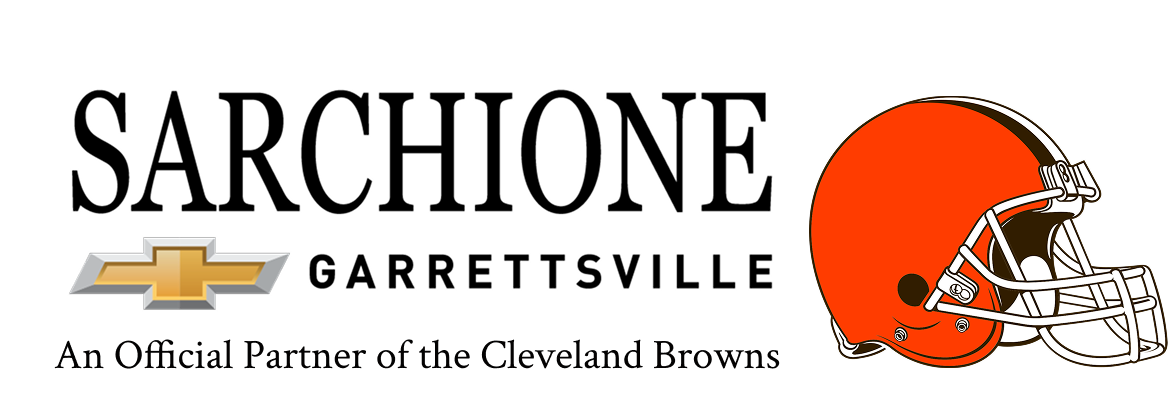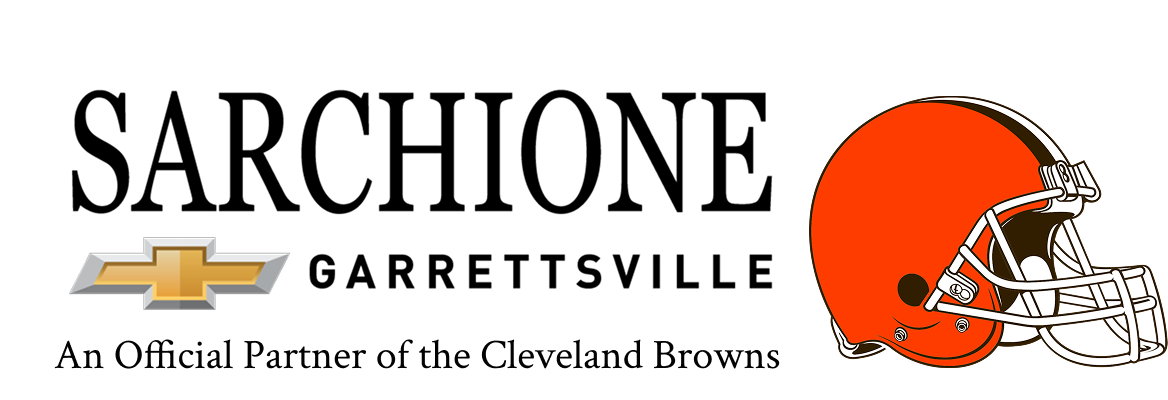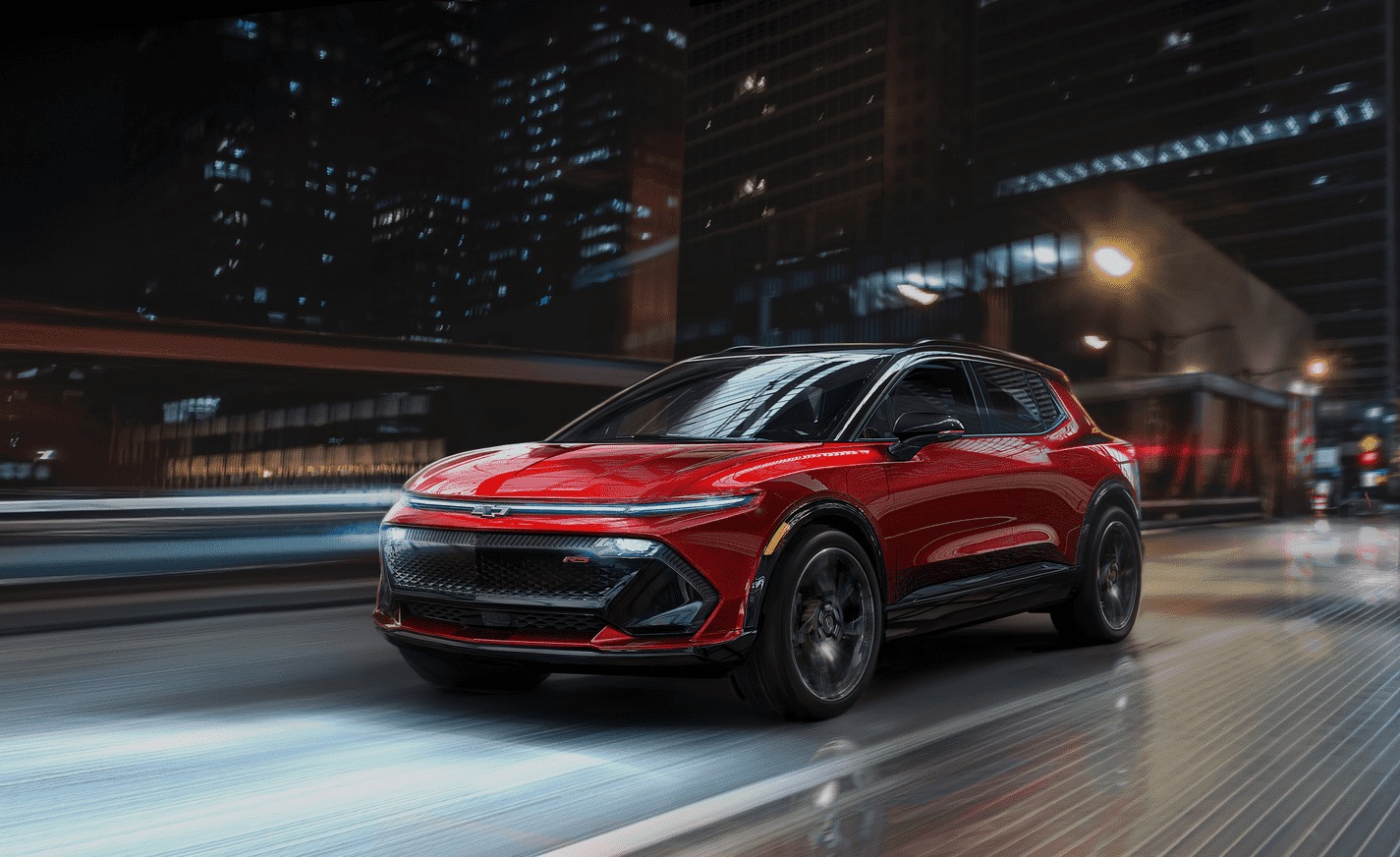If you're driving and notice that your Chevy brake light comes on, it can be unsettling, but it's important to stay calm and know how to respond. The brake light on your dashboard is a crucial warning sign that something might be wrong with your braking system, and it needs immediate attention to prevent further damage or potential safety risks.
1. Understand What the Brake Light Indicates
In most Chevy models, the brake light serves as an alert for several issues related to the brake system. Typically, it can mean one of the following:
• Low Brake Fluid: Low levels of brake fluid can trigger the brake light, which is often a sign of a leak in the system or normal wear over time.
• Brake System Issues: If the brake system is malfunctioning, such as worn brake pads or a failing master cylinder, the light may turn on to warn you of a problem.
• Parking Brake Engaged: If you've accidentally left the parking brake engaged while driving, the brake light will illuminate as a reminder. This is the least concerning cause but still requires your attention.
If the brake light comes on while you're driving, it’s important to take action immediately to ensure your safety and avoid further damage to the braking system.
2. Assess the Situation Safely
When the brake light comes on, the first thing you should do is check your driving conditions. If the light comes on but the brake pedal feels normal and you're not experiencing any abnormal behavior, it may simply be an issue with the parking brake being engaged. If this is the case, disengage the parking brake and check if the light goes off.
However, if the brake pedal feels soft or spongy, or if the vehicle is pulling to one side when braking, this may be a sign of a more serious issue with the brake system. In this case, reduce your speed gradually and pull over to the side of the road in a safe spot. Continuing to drive with a brake issue can be dangerous, so it’s essential to address the situation as soon as possible.
3. Check Your Brake Fluid Levels
One common reason for the brake light turning on is low brake fluid. You can check your brake fluid level by locating the brake fluid reservoir, which is typically near the back of the engine bay. If the fluid is low, it may indicate a leak in the system. Do not drive if the fluid is low, as this can result in reduced braking efficiency. If you notice that the fluid is low, top it up with the appropriate brake fluid for your Chevy.
However, if the fluid is full and the light remains on, there could be a deeper issue with the brake system itself, such as worn brake pads or issues with the master cylinder. If you’re unsure about how to check your brake fluid or top it up, it’s always best to visit a trusted professional like Sarchione Chevrolet for assistance.
4. Get Professional Help Immediately
If after checking the fluid and ensuring that the parking brake isn’t engaged, the brake light stays on or you experience abnormal braking behavior, it’s time to get professional help. Do not continue driving the vehicle if the brakes aren’t functioning properly. A professional mechanic at Sarchione Chevrolet can diagnose the problem, whether it’s related to the brake pads, master cylinder, or even a brake line issue.
In some cases, the brake light may also signal an electrical issue within the brake system, such as a problem with the sensors or wiring. These types of problems need to be handled by an expert to avoid compromising your safety on the road.
Taking quick action when the brake light comes on can help prevent more serious issues with your vehicle’s braking system and ensure that you stay safe while driving. Regular maintenance, such as brake inspections and fluid checks, can help keep these problems from occurring in the future.


